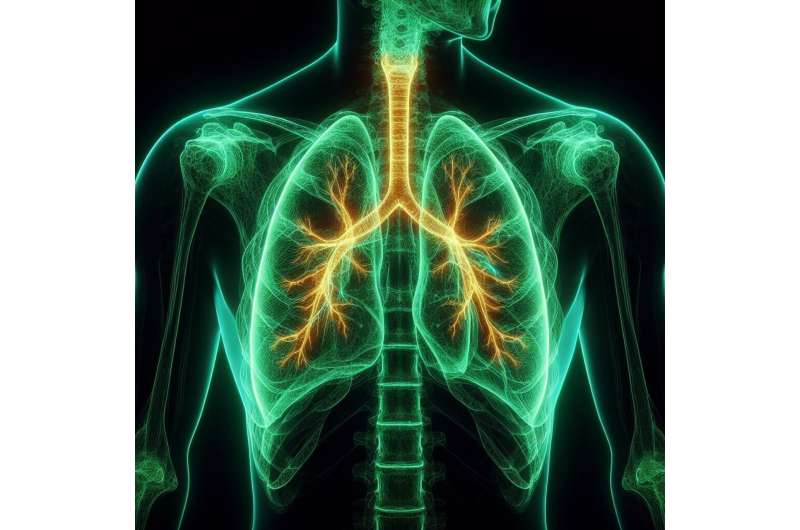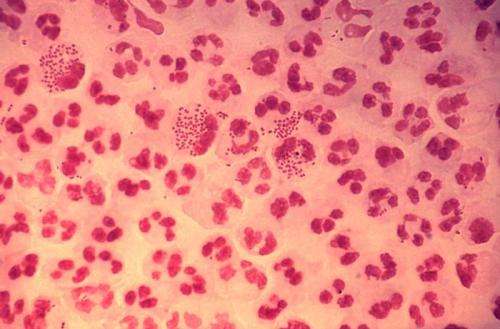Advancements in Deep Learning for Lung Cancer Risk Prediction Using Single LDCT Scans

New deep learning model predicts lung cancer risk from a single LDCT scan, aiding personalized screening strategies and early detection efforts.
Recent research has demonstrated the potential of deep learning algorithms to predict an individual’s future lung cancer risk based on a single low-dose computed tomography (LDCT) scan. Presented at the ATS 2025 International Conference and published in the American Journal of Respiratory and Critical Care Medicine, the study introduces a model named Sybil. Developed using data from the National Lung Screening Trial (NLST) by researchers from MIT and Harvard Medical School, Sybil analyzes LDCT images to estimate the likelihood of lung cancer diagnosis up to six years in advance.
This innovative approach allows for more personalized lung cancer screening strategies, especially valuable in regions like Asia, where the incidence among nonsmokers is rising, and many individuals who lack traditional risk factors are not currently covered by screening guidelines. The model can identify low-risk individuals who might safely discontinue screening and high-risk groups who should continue regular surveillance.
The study evaluated over 21,000 participants aged 50–80 who underwent self-initiated LDCT screenings from 2009 to 2021, with outcomes tracked until 2024. The analysis showed that Sybil effectively predicted cancer development at both one and six years, even among never-smokers, independent of demographic factors.
Experts highlight that Sybil’s ability to predict future lung cancer risk from a single scan could revolutionize screening programs, allowing for more tailored and efficient use of resources. The researchers plan further prospective validation and aim to extend the model’s predictive capabilities, including lung cancer-specific mortality, in future studies.
This advancement holds promise for optimizing lung cancer screening and improving early detection, ultimately saving more lives through personalized medicine.
Source: Medical Xpress
Stay Updated with Mia's Feed
Get the latest health & wellness insights delivered straight to your inbox.
Related Articles
Advanced AI Identifies Five Unique Cancer Cell Groups Within Tumors
A pioneering AI tool developed by researchers has uncovered five distinct cancer cell groups within individual tumors, paving the way for more personalized and effective cancer therapies.
England Launches Pioneering Gonorrhea Vaccination Program to Combat Rising Cases
England has launched the world's first routine gonorrhea vaccination program in response to rising cases and antibiotic resistance, aiming to reduce infections significantly.
Harnessing a Single Molecule to Replicate Exercise's Health Benefits
Researchers have identified betaine, a kidney-produced molecule enhanced by exercise, as a powerful agent capable of mimicking many health benefits of regular physical activity, opening new avenues for anti-aging interventions.



